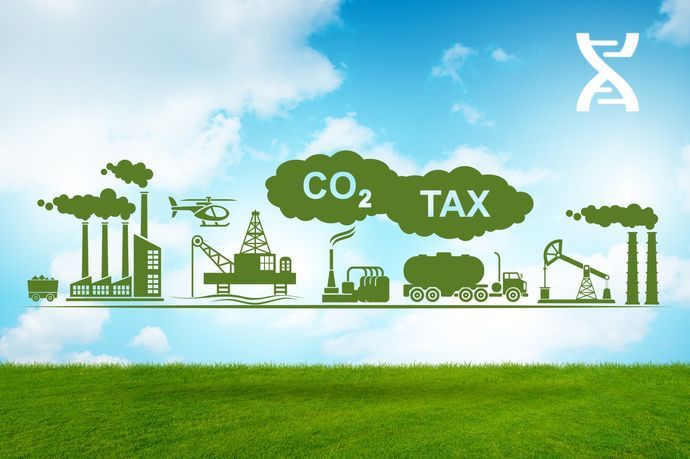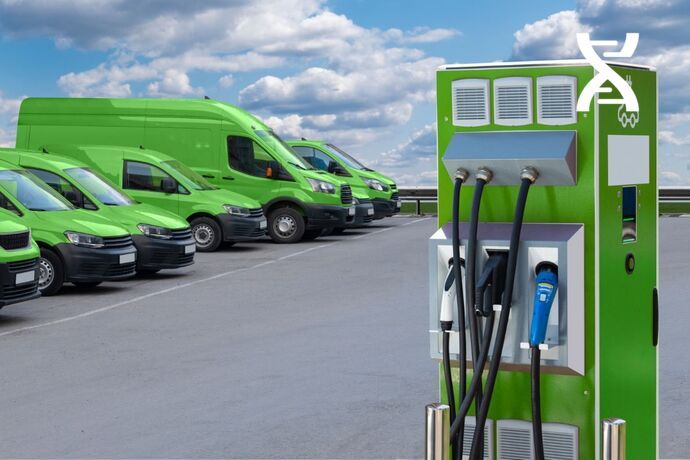The efficient green supply chain
Definition
A Green Supply Chain is a supply chain that adopts an approach designed to reduce the environmental pollution generated by its activities. More concretely, the company implements eco-responsible strategies at all stages of supply chain management, from the procurement of raw materials, semi-finished and finished products to the recycling of end-of-life products, via routing, storage, distribution and delivery to the end customer.
Benefits for companies
Implementing a green supply chain has many advantages for companies. As well as helping to protect the environment, it conveys the image of a good corporate citizen, thereby boosting customer confidence. What's more, implementing a green supply chain helps to motivate employees and recruit young, environmentally conscious graduates. According to an ACCENTURE study (2017), "92% of graduates consider it important to work in a socially responsible company". Committing to a CSR approach also enables logistics warehouses to completely rethink the way they operate and implement new, more efficient strategies.
Measures to be implemented: assess environmental footprint, implement actions, define performance indicators
To set up a green supply chain, a company must first assess its environmental footprint (water or air pollution, greenhouse gas emissions, waste production, carbon footprint, etc.). Also known as the "ecological footprint", the environmental footprint refers to the assessment of the potential environmental impact of a product, organization, etc. on nature. By assessing its environmental footprint, a company can define and focus its efforts on priority areas for improvement For example, it can take action to reduce its energy consumption and hence its carbon footprint. This can be achieved by purchasing less polluting vehicles, designing "green" buildings, and so on.
Among the measures to be put in place, the company can also define performance indicators capable of assessing the "environmental performance" of the supply chain.
There are two types of environmental performance indicators (EPI): management performance indicators (MPI) and operational performance indicators (OPI). Management performance indicators (MPIs) provide information on management's efforts, decisions and actions to improve the environmental performance of the company's operations. Operational performance indicators (OPIs) provide management with information on the environmental performance of the company's operations.
Environmental condition indicators (ECI) provide information on the environment at local, regional, national or international level: water quality, air quality, endangered species, etc.






